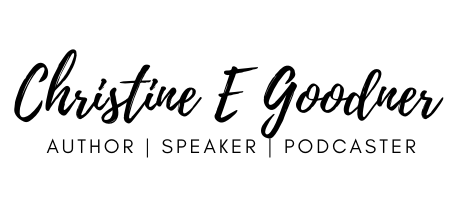Today, we’re speaking to Christopher Maloney of Practice Warriors. Christopher is a multi-instrumentalist who has…
Building Focus: 3 Strategies for Independent Practice
A common question from parents is how to help their child with building focus during a practice session. I have written before about how to put together a practice toolkit for young students.
Lately, I have been thinking about how important it is to have something like this for older, more independent practicers as well.
While the toolkit for young students may include more physical items and helps increase repetitions in practice, I believe that older students need a way to organize practice and practice strategies.

Here’s what I recommend including:
Physical Items:
- Music Stand
- Metronome
- Pencil
- Books
- Practice notebook
Having all these items in the practice spot before starting a practice session prevents wasted time looking for our equipment. It’s hard to stay focused if we can’t find what we need to practice effectively. You may have other items on your list, please add them as needed.
A Practice Plan
- A checklist
- A shortlist, written out by hand, of the top 3 goals of the day
- A way to track assignments, so if you don’t get to everything daily, it doesn’t get skipped two days in a row
- Take away the need to decide what to practice; choose before you start
In my experience, with practice and even with writing, procrastination and trouble getting started often come from not knowing where to start. A plan of what to practice, or write, first gets us right to work.
We don’t have to make decisions of WHAT to do; we just need to do it. I can’t overemphasize how much this helps.
Practice Strategies
I would argue that without this category, students who practice independently are less likely to make significant progress. Students need to know not just WHAT to practice but HOW to practice.
Some strategies might include:
- Slow down
- Practice one hand at a time
- Use your metronome
- Record and watch it back, or listen back
- Active listening – point at music while listening to study the score
- Practice with a Drone – Here are some cello drones to try
This list is just a start. You can add strategies that have worked for you in the past.
If we have a list of strategies that we can refer to when we find a spot that needs work, it gives us a way to dig into improving our assignment rather than playing straight through over and over (which I would argue isn’t practice, at least not an effective practice.)
If you have a place to keep these strategies and refer to them: a google doc, a page in your practice binder, etc ., it’s easy to pull up and use during practice and help us use our time effectively.
Sometimes our teacher will assign a particular strategy, but other times a challenging spot will come up, and your child will need to decide on one to use independently.
Definitely observe what strategies your teacher uses in the lesson to add to your list over time.

